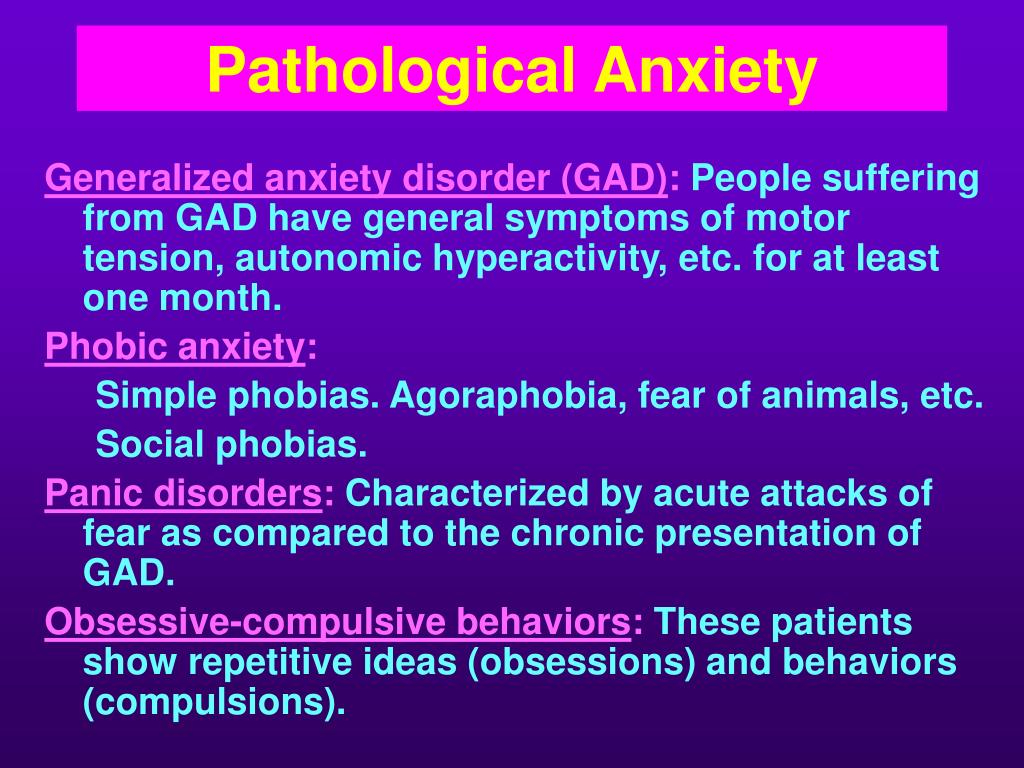
In people with high CSE, searching and maintaining positive self-definition becomes the main orientation, expressed also through their behaviors. Individuals with a high CSE score may base their self-worth on their physical attractiveness, social conditions, or job performance ( 31, 32). At the other end of the continuum is CSE, where one’s self-esteem is dependent on matching some self-imposed or external standard or meeting some objective. True self-esteem is a more stable individual characteristic that is not dependent upon meeting external standards or others’ approval. ( 28), in accordance with the Self-Determination Theory ( 29, 30), argue that self-esteem varies along a continuum that ranges from true self-esteem to CSE. Contingent Self-esteem (CSE)Īt the same line, Roberts et al. By buying objects, compulsive shoppers try to address to an “ideal self,” improve their social image and express themselves ( 20), such that perceived self-esteem benefits represent a direct predictor of compulsive buying ( 18). Some products play a peculiar role for compulsive buyers due to the emotional and social advantages they offer ( 27). Therefore, the “consumption of objects” may be both a symptom of insecurities and a “coping strategy” to offer relief from problems and to satisfy certain needs ( 24– 26). Material possessions respond illusorily to the inner security need to compensate feelings of low self-esteem and, at the same time, current consumer culture suggests that a sense of self-confidence and well-being can be purchased. Some people may use shopping to improve their appearance, self-confidence, consideration by others, and social relationships ( 23). The “consumption of objects” may be a coping response to unpleasant emotions deriving from insecurity about individuals’ selves and identities and disappointing self-evaluations ( 16, 22). ( 21) showed that compulsive buyers suffer from low self-esteem and seek approval from others to compensate it. In particular, the desire to improve emotions related to self-esteem is a prominent motivation that can predict this form of behavioral addiction ( 19, 20). Most clinical studies report that women are much more likely to become compulsive buyers than men but, in the last decade, scholars have observed no significant differences based on gender ( 11– 14).Ĭompulsive buying is primarily motivated by the relief of anxiety, stress, and unpleasant emotions ( 15– 17).ĭysfunctional consumer behavior is often enacted for some perceived psychological advantages ( 18). Results from a meta-analysis of 40 studies from 16 countries reported a prevalence of compulsive buying of 4.9% in the adult population ( 8) and the age of onset appears to be around 30 ( 1, 9). The psychosocial consequences of compulsive buying (or shopping) behavior can be summarized as: a great amount of debts, inability to meet payments, legal and financial problems, self-criticism, guilt, and personal suffering. The consumer experiences an unstoppable, chronic, and repeated impulse to go shopping and spend money and loses control of this activity ( 5). These findings highlight the importance of studying self-esteem in compulsive buying tendencies to inquire more deeply into the underlying mechanisms of some compulsive behaviors.Ĭompulsive shopping is a dysfunctional form of excessive and pervading buying ( 2– 4). Interestingly, FNE seems to play a mediating role between CSE and compulsive buying behaviors only for women. Furthermore, structural equation modeling confirmed the evidence on CSE as a strong predictor of CB for both genders.

CSE and FNE were positively related to CB. No gender differences were found in compulsive buying tendencies. The results showed that women scored higher on CSE and FNE scales than men. Participants included 240 Italian adults (170 females, M age = 33.80) who responded to self-report questionnaires. This study investigated gender differences in the relationships between contingent self-esteem (CSE), fear of negative evaluation (FNE), and compulsive buying. A very few data are currently available regarding this behavioral addiction. Department of Education Studies, University of Bologna, Bologna, ItalyĬompulsive buying is a relatively new addictive disorder that interferes with everyday functioning and may result in serious psychological and financial problems ( 1).


 0 kommentar(er)
0 kommentar(er)
